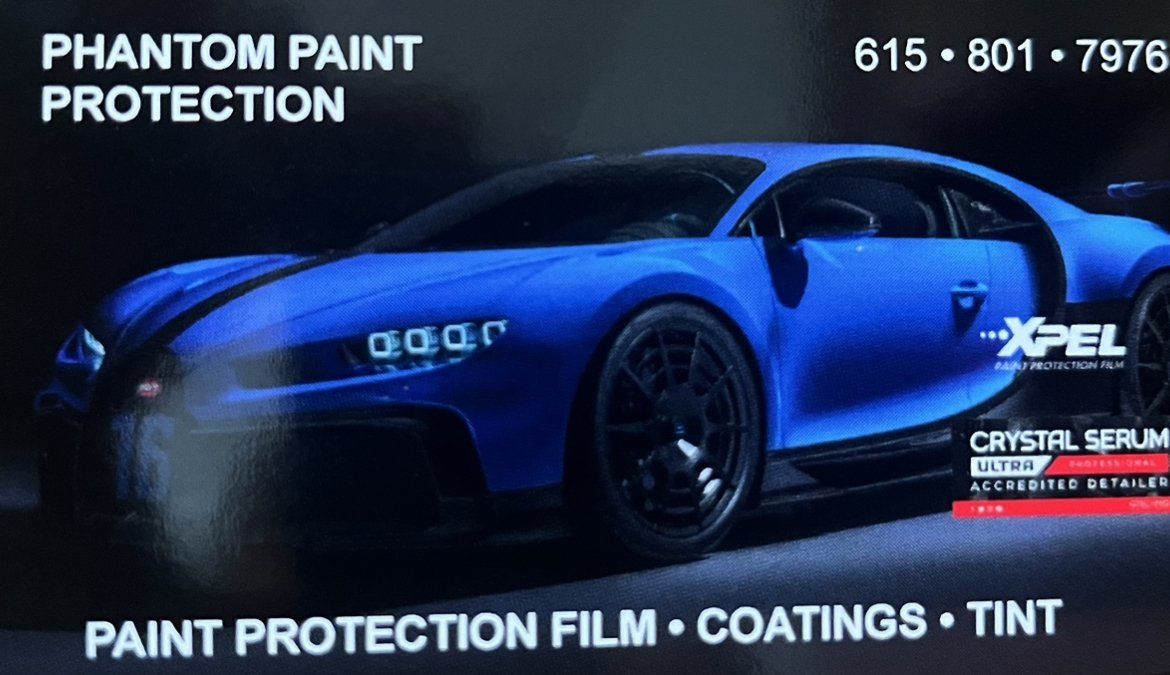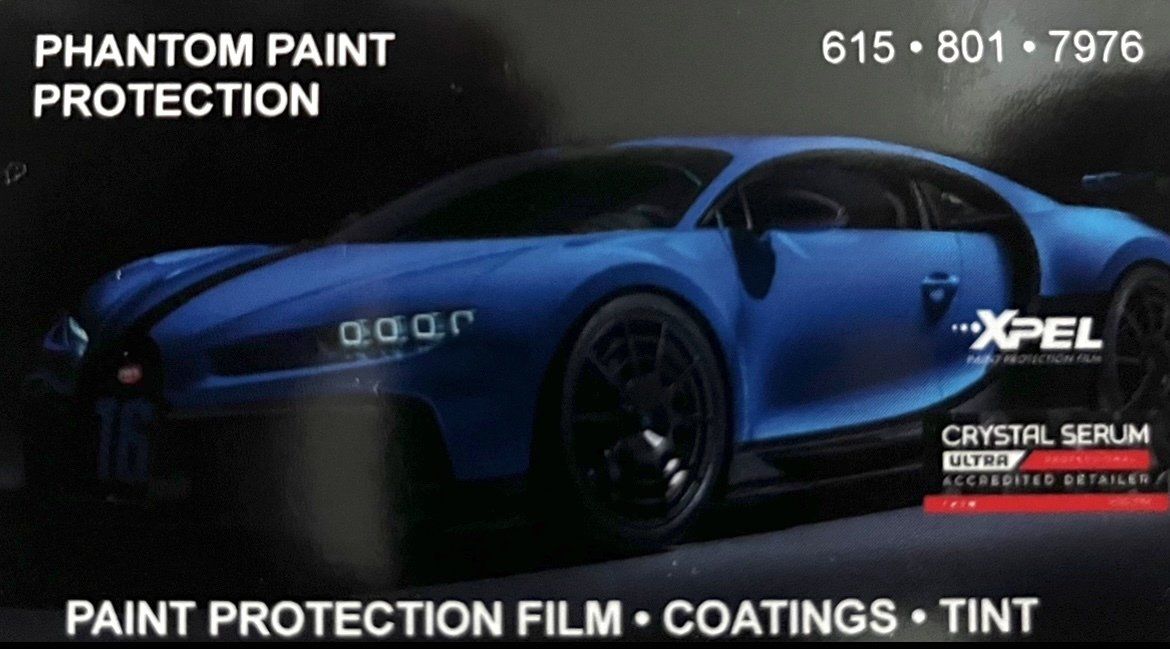EVERYTHING YOU NEED TO KNOW ABOUT CERAMIC COATINGS

So you want your vehicle to look as good as it did new. So you carefully wash it you apply a new coat of wax every few months. But you still see, swirl marks, and stains start to show up on your vehicle’s finish. Water spots, dirt, and grime start to stick to your car the day after you clean it.
What if there was a product that could change this; a product that would provide protection from environmental hazards and make your car easier to clean, while not requiring repeated application?
There is it’s called ceramic coating (or Nano-Ceramic Coating), and it could add value to your vehicle.
But before you make a decision, it’s important to get the truth. Like most people you have read online about Ceramic Coatings, you may have come across some wild claims. On the one hand, manufacturers and detailing shops have made outrageous promises about the performance of their Coatings. Some auto care commentators have even offered critiques.
Let’s clear up the confusion. What’s the truth about automotive Ceramic Coatings? What are the main benefits? What are their limitations? What is best for your vehicle?
What is Ceramic Coating?
A Ceramic Coating like Gtechniq Ultra is a liquid polymer that is applied by hand to the exterior of your vehicle. The coating chemically bonds with the vehicle’s factory paint, creating a hydrophobic layer of protection.
A Ceramic Coating is not a substitute for Paint Protection Film, which provides a more complete form of defense. A Ceramic Coating creates a permanent or semi-permanent bond with a vehicle’s finish, so it does not wash away or break down which means it does not require repeated application every few months.
What Does Ceramic Coating Do?
Simply put, a Ceramic Coating creates an additional layer of protection to your vehicle's exterior and helps keep it looking shiny and new with rather minimal maintenance. The coating achieves this by making your vehicle more resilient and easier to clean. Here are the main benefits:
Protection from UV Damage / Oxidization
If a vehicle is often exposed to the sun, the paint will begin to oxidize, resulting in a dulled and faded appearance. A layer of Ceramic Coating protects your vehicle’s painted surfaces from the sun’s ultraviolet rays, thereby drastically reducing oxidization.
Protection from Chemical Stains and Etching
Another danger your vehicle faces is chemical staining from naturally acidic contaminants. Ceramic Coatings creat a chemically resistant surface, Ceramic Coating can keep most contaminants from bonding to your vehicle’s surfaces. The result is that your vehicle will be more resistant to etching and staining, provided the contaminant is removed in a timely manner.
Ease of Cleaning
One of the most significant features of Ceramic Coatings is the hydrophobic properties, which is a cool way of saying it repels water. When a vehicle has a hydrophobic surface, water will bead on the surface and slide off easier. This means that mud and grime will have a harder time sticking to your vehicle’s paint surfaces, contaminants can also be removed with less effort during washes.
Enhanced Gloss
If you want your paint to shine with extreme gloss, you will want a Ceramic Coating. A Professional coatings from Gtechniq enhances the reflective properties of your vehicle's painted surfaces, adding depth and clarity to your paint.
A Ceramic Coating can add value to your vehicle. We are the leading ceramic coating installer in the area. Read below to learn about the limitations of Ceramic Coatings.
What Does a Ceramic Coating Not Do?
For the reasons we stated above, a Ceramic Coating does preserve your vehicle’s exterior and reduce ongoing maintenance needs. Therefore, if you choose to have Ceramic Coating applied, you will be adding value to your vehicle.
However, despite the claims of some manufacturers and detailers, a Ceramic Coating is not a miracle product that will solve all of the normal car issues.
Eliminate the issue of Scratches, Swirl Marks, or Rock Chips
The scratch-resistance of a Ceramic Coating is often over stated. Some small scratches will be repelled by a Ceramic Coating, a ceramic coated vehicle will not be completely resistant to the risk of rock chips or parking lot scratches. Also improper car washing techniques and automated car washes will create swirl marks on your car's surfaces. It is important to remember that a Ceramic Coating is not a substitute for serious scratch or chip protection like Paint Protection Film, nor does it eliminate the need to wash your car in a proper manner to avoid swirl marks.
Eliminates Water Spotting
Normal drops of water contain certain amounts of dirt or minerals. When the water evaporates on the surface, the minerals are left behind, creating water spots. Some consumers might assume that the hydrophobic properties of a Ceramic Coating will eliminate water spotting, since water slides of the protected surfaces. While true some water will be repelled from the hydrophobic surfaces, other water droplets will bead and stay on the vehicle, creating the possibility for water-spotting tho very minimal.
Eliminate the Need to Wash
Notice above we said a Ceramic Coating keeps your car looking new with relatively minimal maintenance. Truth is the road is a dirty place. If you drive your car it will get dirty! Even with a Ceramic Coating, you will still need to regularly wash your vehicle in order to maintain its new look. The benefit of Ceramic Coating is the cleaning process is now easier. Also having a Ceramic Coating means that you will not have to wax your vehicle every few months, eliminating a significant part of maintaining your car. While a Ceramic Coating doesn't make your vehicle maintenance-free, it does mean with less work you will be able to maintain the best results.
For ultimate protection, consider adding a layer of Paint Protection Film to the more vulnerable parts of your vehicle, then apply a Ceramic Coating over all of the painted surfaces.

